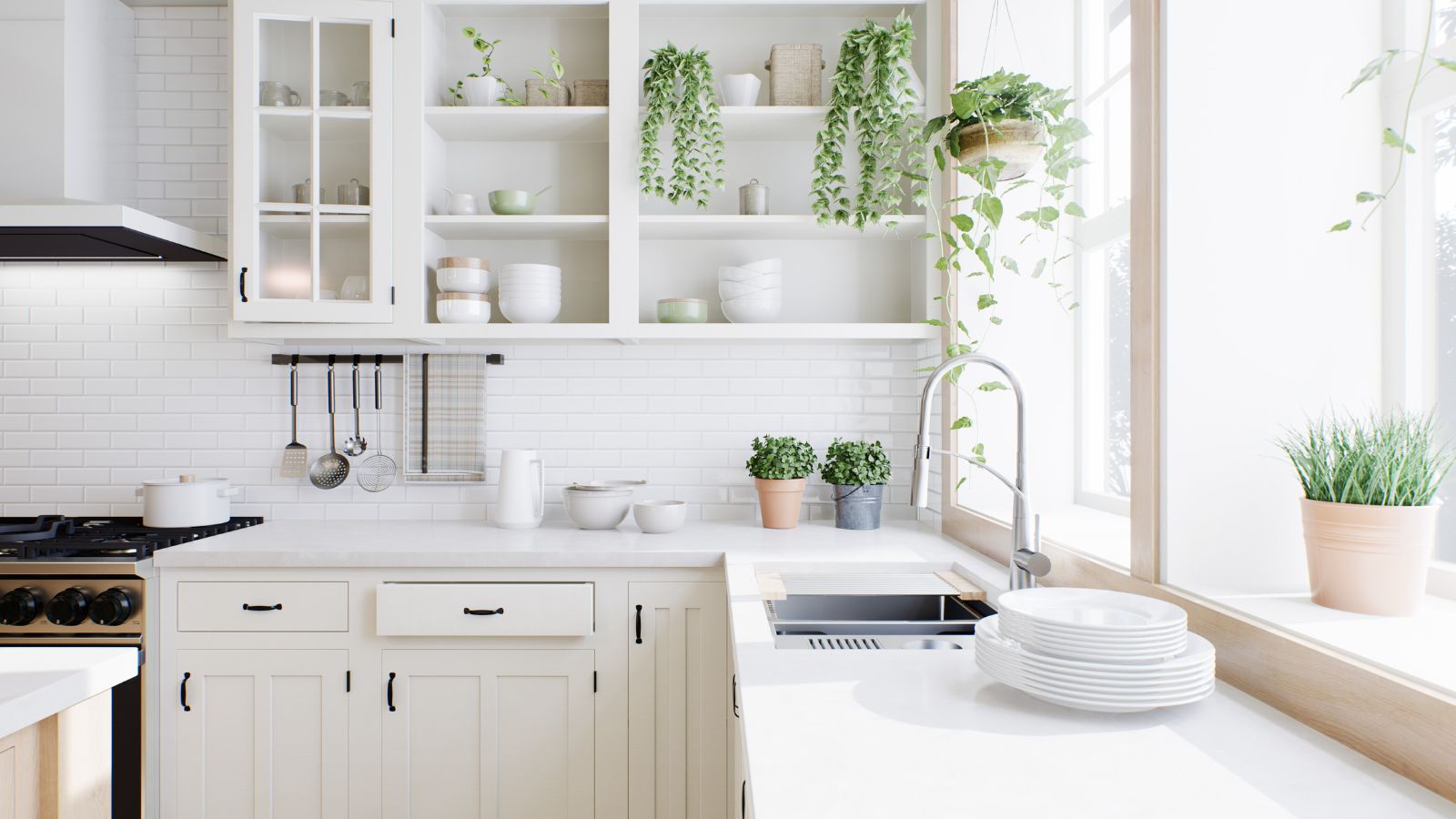
Stainless steel is one of my least favorite finishes. Despite the name, it always manages to look dirty and stained – even right after cleaning. These smudges and streaks are the bane of my existence.
When I heard about a trick to clean and polish stainless steel with olive oil, I was skeptical. How would rubbing an oily substance, something notorious for causing streaks and marks, onto the metal make it look any better? Since I was at a loss for what else to try, I gave it a go.
To my shock, it genuinely worked to clean my stainless steel appliances and now it looks better than new – and here’s the proof.
How to polish stainless steel with olive oil
One thing I learned quickly about this method is that the olive oil itself does not actually clean anything. It is not a cleaning tip for killing bacteria or getting rid of kitchen grease. Instead, it is a finishing touch that restores the surface of the stainless steel.
This is something Sean Davenport, president of Mr. Appliance, a Neighborly company conffimed, ‘Oil of any kind is not a cleaner. It’s a sealant that protects the metal from moisture but will not clean your stainless steel. Once you clean it with an actual cleaner, you can then put a light film of olive oil on the surface and rub it in with a microfiber cloth to help keep the moisture off the surface and damage your stainless steel.’
Because of this, I started off cleaning the stainless steel on my best electric kettle with my everyday, multi-surface cleaner to remove any spatter marks and grease from my hands, buffing it with a clean microfiber cloth, and then drying it off. The result of this step was as usual – large, blaring streaks marring the trims and making my kettle look dirtier than it was before.
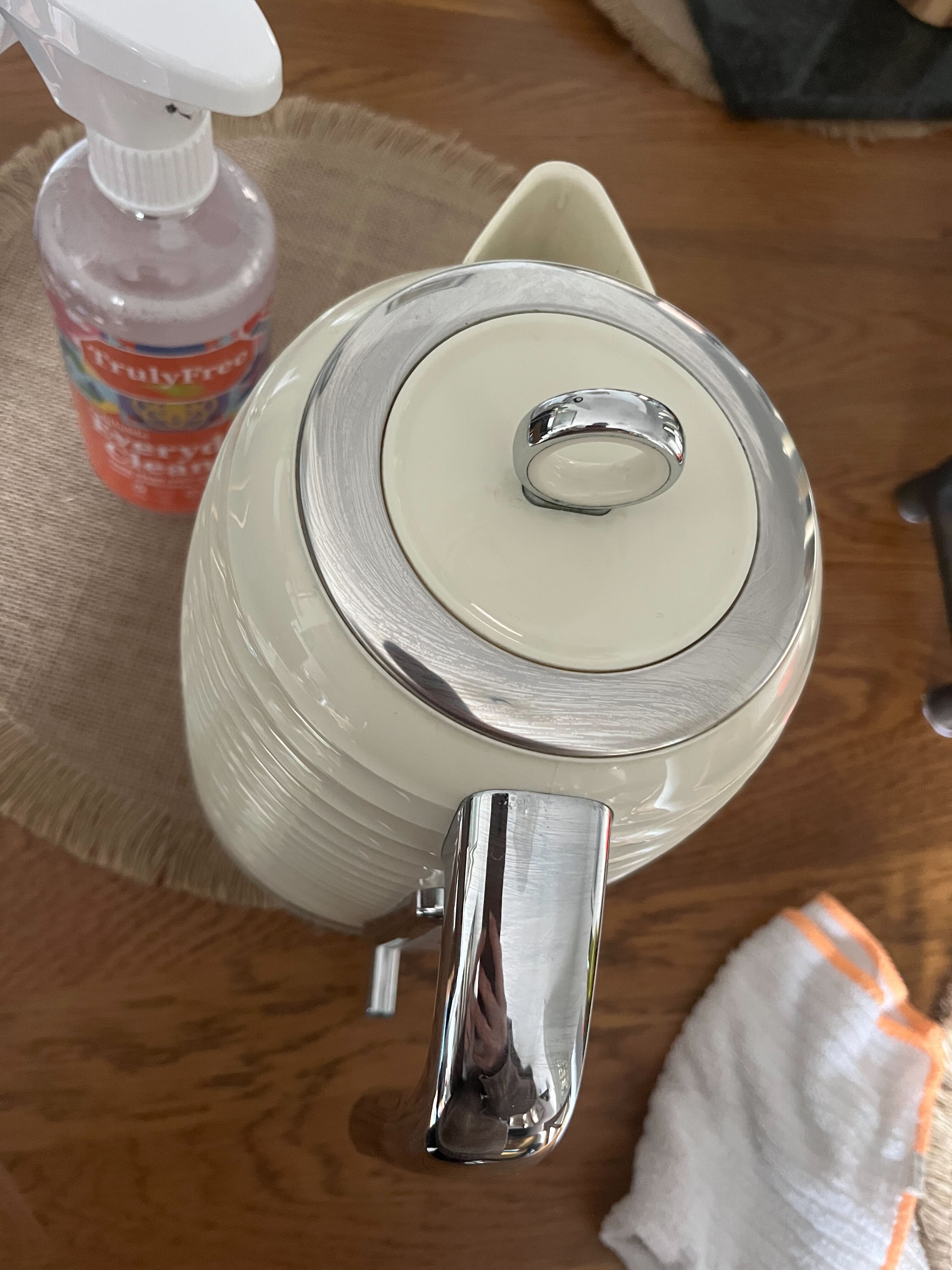
With the trims dried off, I used a clean paper towel with a small amount of extra virgin olive oil dabbed on, and buffed the areas again to clean my electric kettle handle and trims. To my shock, the streaks disappeared immediately. I expected to see lines of oil or new streaks, but the stainless steel looked flawless – more so than the day I bought the kettle.
Noticing that the trims and handle then felt a little, well, oily, I went back over the areas with another clean, dry microfiber cloth to remove any excess. Again, to my surprise, no more streaks reappeared. The stainless steel still looked perfect and was no longer at all slippy.
Much like cleaning with vinegar or cleaning with lemon juice, taking olive oil to my stainless steel kitchen appliances proved once again that common pantry staples are surprisingly versatile.
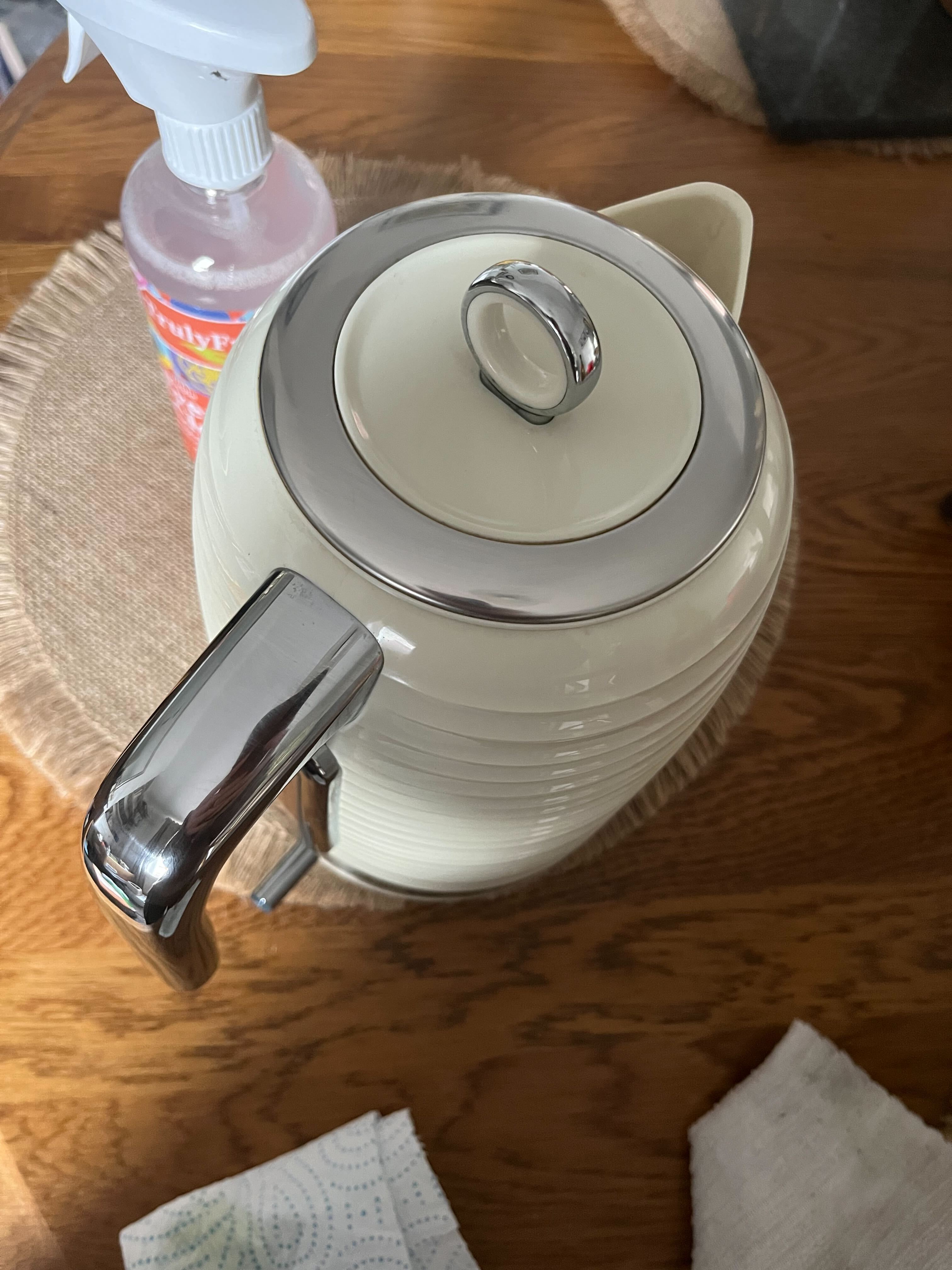
Elizabeth Shields, operations manager at Super Cleaning Service Louisville, explains, ‘Olive oil adds a lovely shine to stainless steel surfaces. When you buff it in, it leaves a protective film over the steel to restore that sleek, polished look that sometimes gets dulled over time. If you’re in the middle of cooking and notice your pots or appliances look a little dull, you can grab that bottle of olive oil without having to make a special trip to the store. You don’t have to worry about any overpowering scents, too.’
I now wonder if it would work to clean a stainless steel sink or clean stainless steel pans to get rid of the rainbow patina that appears with frequent use. I will update this piece when I give it a go.
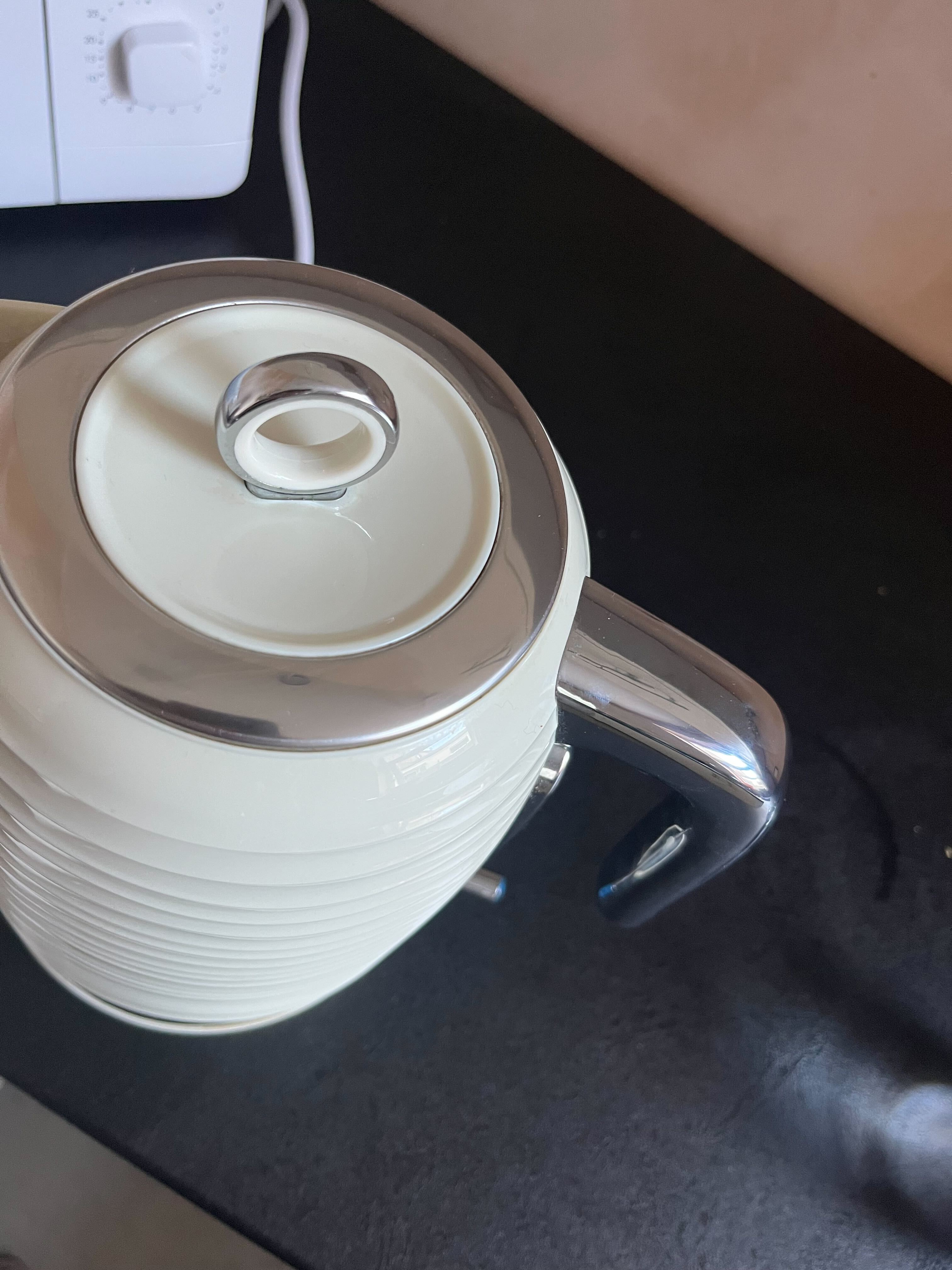
I was also pleased to see that, after a day of use and the kettle living on my kitchen counter next to where I cook, the stainless steel on my kettle still looked flawless. This polishing trick isn't a quick gimmick, after all.
All prices correct at time of publication.
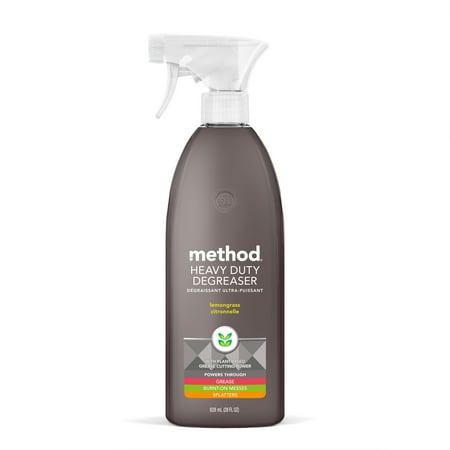
Starting with a good degreaser or anti-bacterial spray will ensure your stainless steel surface is clean and hygienic before polishing
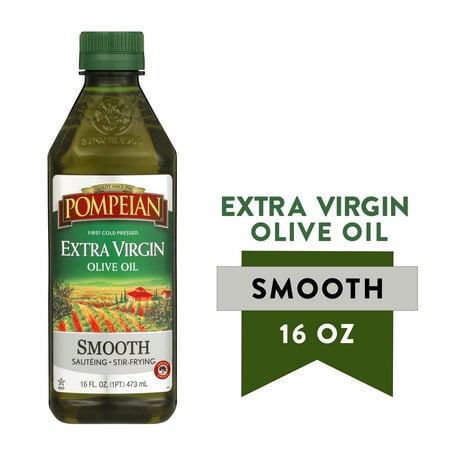
Any quality olive oil should work for this trick so long as it is olive oil, and not vegetable or rapeseed. I used what was already in my cabinets.
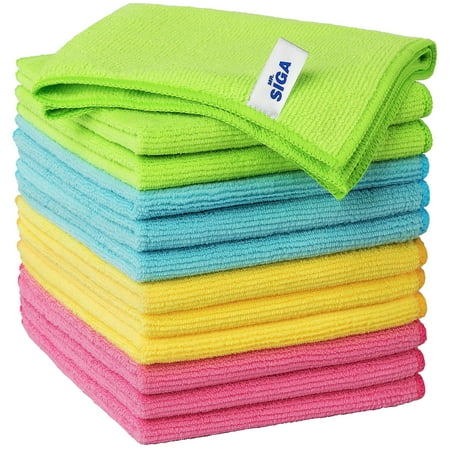
I swear by microfiber cloths for cleaning my kitchen. They pick up all the dust and grime and can be washed easily for reuse.
Olive oil has certainly been a game changer for this small area that previously annoyed me, but given the cost of olive oil at the moment, it is not an ingredient I will be making a permanent addition to my essential cleaning supplies list any time soon.
Instead, it will be a little occasional finish touch on my pre-guest cleaning checklist.







